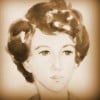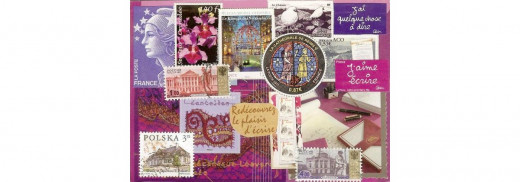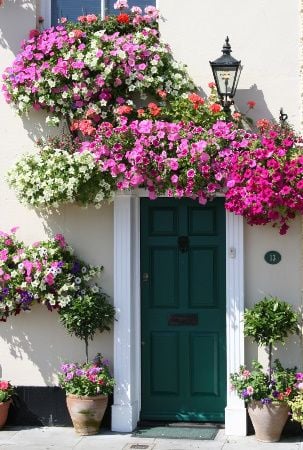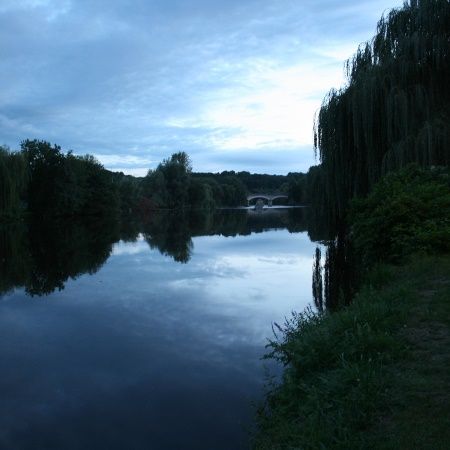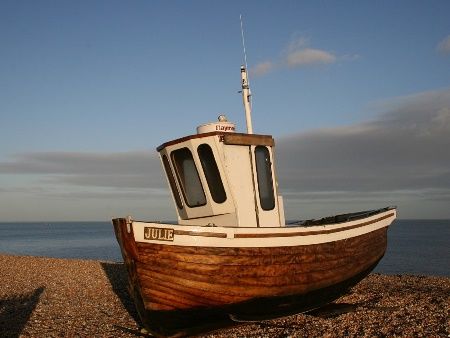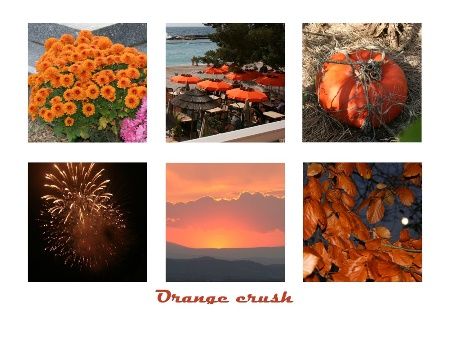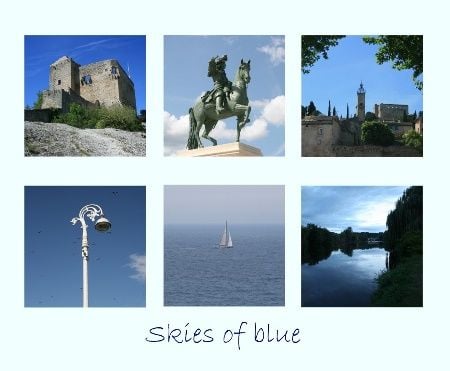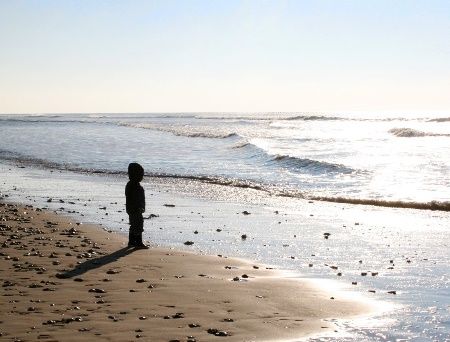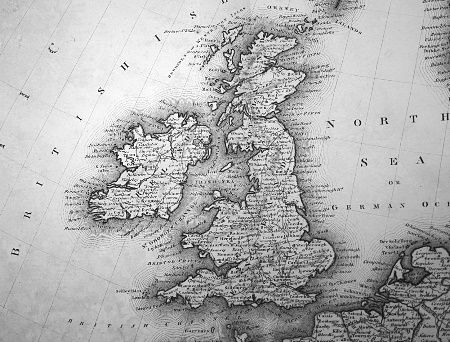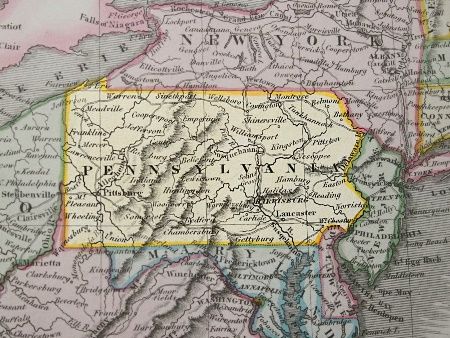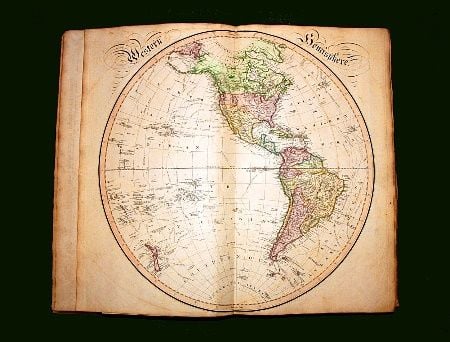Making Postcards from Vintage Images
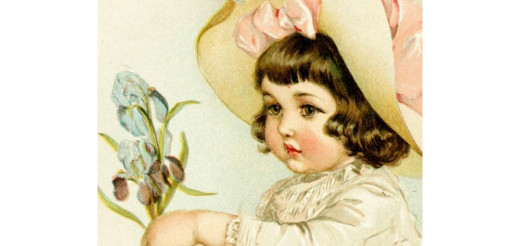
Make Your Own Postcards
If you enjoy exchanging postcards through one of the various exchange sites, unless you're very lucky, you soon want to be able to send a different selection of cards from the ones you can find in the shops. I live in a very small town so the selection isn't great, to put it mildly, and those that are available are very ordinary views using some tired, old images.
There are various options:
1. Buy online (but so can everyone else).
2. Hand make your own which will be different every time.
3. Have some of your own photography printed professionally.
4. Scan old images and have them available for sale online from CafePress or a similar outlet.
My journey started along the hand made route.
All images are my own photos or scans of vintage images.
Some Basic Information on the Size and Shape of Postcards
Technically, a postcard is any piece of thick paper/card that will pass through the postal system without an envelope. In other words, it can be any size or shape, and I've seen some made of wood or cork. They can have rounded corners and often did have in the 1970s - 1980s.
When designing your own, however, you may like to take some things into consideration. Your postal system may charge extra postage for certain sizes or shapes so it's probably best to stick to some standard formats to make life easy.
Typical sizes for postcards are (roughly):
6 x 4 inches (10.5cm x 14.8cm)
7 x 5 inches (18 cm x 12 cm)
If you want people to be able to store the cards you make easily, stick to these dimensions, and the smaller one in particular.
The image you use on them can be arranged vertically (known as portrait) or horizontally (known as landscape).
There is also a common shape known as panorama, which is considerably wider and typically 8.5 x 4 inches (22 x 10 cm). Again there are wide variations. These are often used for beautiful views but are not so easy to store for collectors.
Handmade postcards
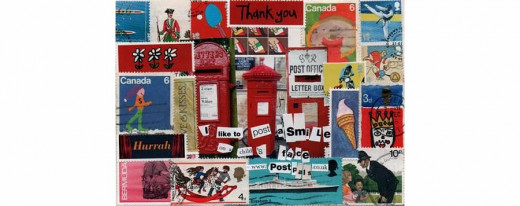
With handmade postcards, there are again several options. If you are a budding artist, you can draw or paint an image on a postcard sized piece of card. I'm not artistic in that sense but I noticed a popular trend of making cards by sticking old used stamps on to card-stock. Sometimes these look frankly a little scruffy but I know I'm inclined to veer towards having things too regimented.
In time I've attempted something more like collage than merely sticking stamps on to card. These are only for exchanging with people who like this type of thing (many people have a strong aversion to them), and these examples are certainly not for sale.
Nevertheless it gave me quite a lot of satisfaction to have produced cards that are pleasing to the eye (my eye).



Using My Own Photography
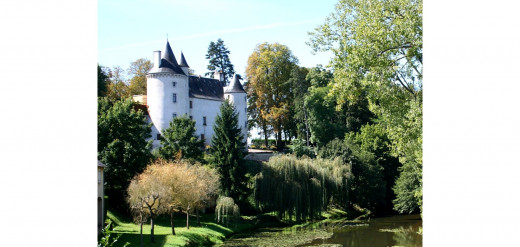
My first venture into having my own photos printed was through Moo.com. They print superb quality postcards (all sorts of other things too but I haven't tried them) and you can order as many different designs as you like. I uploaded 20 of my photos of ten different designs and within a week I had my postcards. I was delighted with them and with their customer service which exceeded all expectation when I had a query.
I did some market research and sent them out to various people. With the most popular ones I created an online store. Although people seemed to like them very much when I sent them out, they aren't the ones selling particularly well. You never can tell.
In the next module you can see some of the postcards I have on offer based on my own photography.
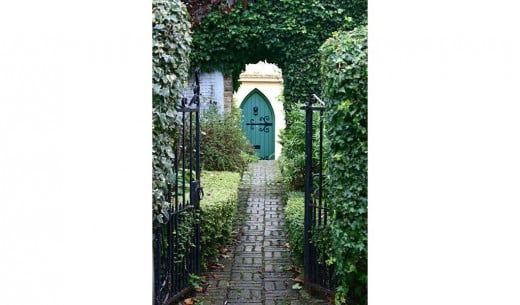






Vintage Maps
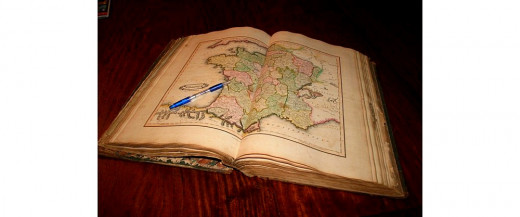
My father had an atlas dating from approximately 1830. He rarely looked at it but I love old maps and often leaf through it. I like modern maps too but old ones are particularly interesting for me, but the atlas is feeling its age and can't take too much attention. I tried to think of ways how to be able to enjoy the maps without damaging the atlas by constantly opening and closing it.
I wondered if anyone shared my interest so I decided to try to make some postcards using these vintage maps as a basis. The atlas is huge and it was impossible to try to scan it, so I had to take photos of the individual pages. It was incredibly difficult to achieve this with any success. The page had to be flat and the photo taken from directly above. Then I had to manipulate the images to remove marks and make them clearer.
Postcards I Have Created from a Vintage Atlas
Click thumbnail to view full-size


Vintage Images
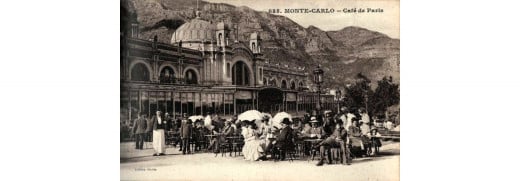
My most recent effort has been to scan vintage images published at the turn of the century and offer these for sale. Even after making the usual adjustments such as improving the contrast removing blemishes, I have realised that there is more to it than that - size does matter.
Vintage postcards are not the same size or shape as modern ones. The scan has to be a very high resolution and then either the image has to be cropped or a border added to allow for the shape of card prints. Vintage postcard images tend to be wider and shorter than modern ones.
The image shows a card which has been cropped to modern dimensions and an acceptable shape.
Which way should I go? - In an attempt to conduct a little more market research I wonder if you could answer this quick poll for me.
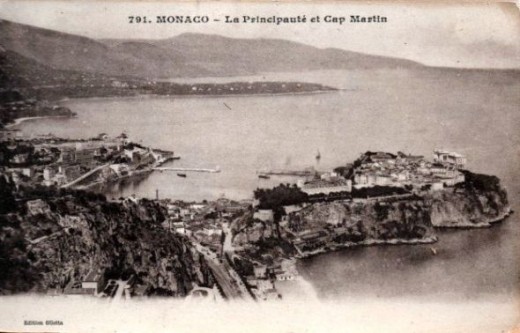
Should I be cropping the old images to suit Zazzle proportions, or should I add a border?
Archive Images from Flickr
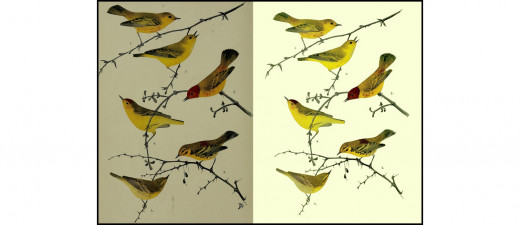
About a year ago, the Internet Archive started to add a massive number (in the millions) of historic images from books on to Flickr. The photostream is called the Internet Archive Book Images and all the images are in the public domain.
These are a wonderful source of copyright-free images though of course they need a certain amount of enhancement if you want to make them into postcards. Many are black and white, oddly aligned, with blemishes.
If you do look at this as a source of images, be careful that you are searching the Internet Archive photostream. You also need to be aware that a good proportion of these images seem to come from early medical books and the illustrations can be rather gruesome!
Make money from your hobby
I would do well to follow the advice in some of these books. I have only dabbled in selling my cards with no plan whatsoever about what I do or when. These books can help develop a hobby into a small business.
And yet another question: Should I concentrate on map postcards? They do seem popular and continue to sell well. Or should I try something new?
